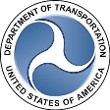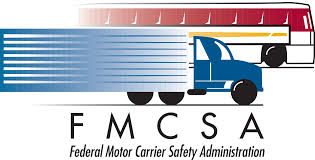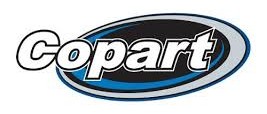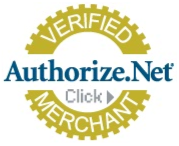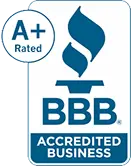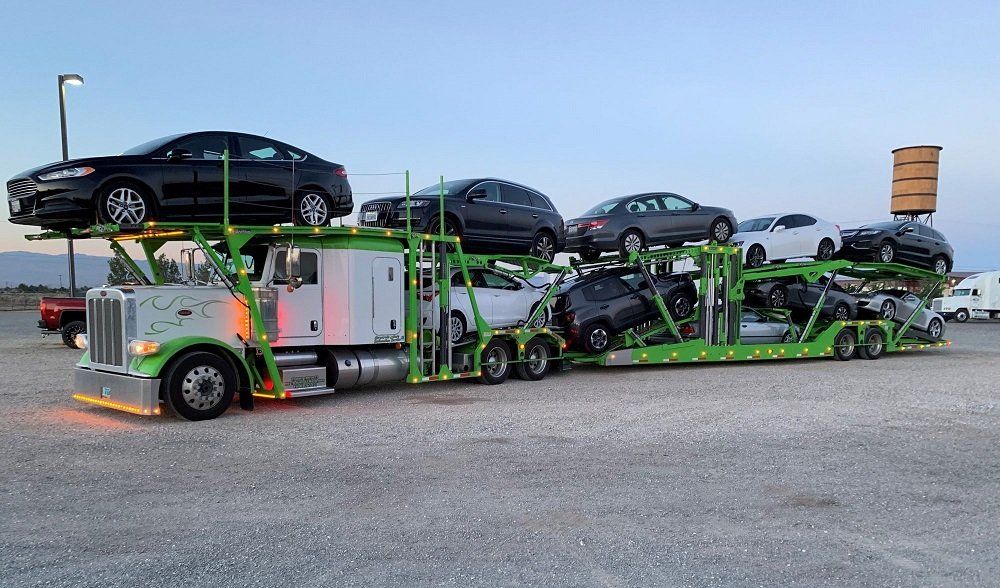
Proper vehicle inspection before and after transport is crucial for ensuring a smooth auto shipping experience. At The Car Carriage, we believe that thorough documentation and careful examination protect both the customer and the transport company while providing peace of mind throughout the shipping process.
The Importance of Professional Vehicle Inspection
Vehicle inspection serves as a critical safeguard during the auto transport process. Professional documentation of your vehicle’s condition creates a clear record that protects your interests and establishes accountability. This documentation becomes particularly important in the rare event of transport-related damage, ensuring that any issues can be properly addressed through insurance claims.
Pre-Transport Inspection Process
The pre-transport inspection process requires attention to detail and systematic documentation. This initial examination establishes the baseline condition of your vehicle before transport begins.
Exterior Inspection Components
The exterior inspection must be thorough and methodical. Begin with a completely clean vehicle, as dirt and debris can mask existing damage. Examine each body panel in sequence, moving systematically around the vehicle. Pay particular attention to:
The front end requires careful examination, including the hood, front bumper, and grille. Note any existing chips, scratches, or misalignments. Document the condition of headlights, fog lights, and turn signals.
Side panels deserve special attention, as these areas commonly show damage. Examine doors, fenders, and rocker panels carefully. Note any dents, dings, or paint imperfections. Check the alignment of body panels and door gaps.
The rear section inspection should include the trunk, rear bumper, and all lighting elements. Document the condition of the license plate and surrounding area. Check the exhaust system components visible from the rear.
Interior Documentation
Interior condition documentation protects both parties during transport. Examine and document:
The dashboard and controls should be photographed and tested. Note any existing wear on seats, carpets, and trim pieces. Document the current mileage and fuel level. Check all electronic systems and note their functionality.
Mechanical Considerations
Mechanical documentation helps prevent disputes about vehicle operation. Record:
The engine’s current condition and any known issues. Document fluid levels and any existing leaks. Note the condition of belts and hoses visible in the engine bay. Record any warning lights or operational concerns.
Creating Proper Documentation
Professional documentation requires more than casual observation. At The Car Carriage, we recommend:
High-quality digital photographs provide essential visual documentation. Take pictures from multiple angles in good lighting. Include close-up shots of any existing damage. Ensure photographs are clearly dated and identifiable.
Written documentation should complement photographic evidence. Use a standardized vehicle condition report. Make detailed notes about any existing issues. Keep copies of all documentation secure.
The Post-Transport Inspection Process
Post-transport inspection should mirror the pre-transport process in thoroughness and detail. This comparison allows for accurate assessment of the vehicle’s condition after shipping.
Immediate Inspection Requirements
The initial post-transport inspection must occur immediately upon delivery. This timing ensures that any transport-related issues are documented properly. Follow these steps:
Examine the exterior in the same systematic manner used during pre-transport inspection. Compare current condition to pre-transport documentation. Note any new damage or changes in condition. Photograph any areas of concern.
Mechanical Verification
Operational verification ensures proper vehicle function after transport:
Start the engine and listen for unusual sounds. Check all electronic systems for proper operation. Verify that no warning lights have appeared. Test basic vehicle operations before signing the final delivery documentation.
Professional Inspection Services
While self-inspection is valuable, professional inspection services offer additional benefits:
Professional inspectors provide unbiased documentation. Their reports carry additional weight for insurance purposes. They may notice issues that others might miss. Their expertise can help prevent disputes.
Handling Discrepancies
If discrepancies are found during post-transport inspection, proper handling is crucial:
Document all issues immediately and thoroughly. Notify the transport company representative before they leave. Take detailed photographs of any damage. File a formal claim if necessary.
The Role of Technology in Vehicle Inspection
Modern technology enhances the inspection process significantly:
Digital documentation apps streamline the process. GPS-tagged photographs provide location verification. Time-stamped images confirm inspection timing. Electronic condition reports ensure accuracy and accessibility.
Special Considerations for Different Vehicle Types
Different vehicles require specific inspection approaches:
Luxury vehicles demand extra attention to detailed cosmetic condition. Classic cars require documentation of unique features and existing patina. Modified vehicles need documentation of all modifications and special components.
Seasonal Inspection Considerations
Weather conditions can affect both inspection process and documentation:
Rain or snow may obscure vehicle condition. Poor lighting can affect documentation quality. Extreme temperatures may affect mechanical operations. Schedule inspections accounting for weather conditions.
Conclusion
Thorough vehicle inspection before and after transport provides essential protection for both customers and transport companies. At The Car Carriage, we emphasize the importance of detailed documentation and careful examination throughout the shipping process. This attention to detail ensures transparency, accountability, and peace of mind for all parties involved.
Contact The Car Carriage today by calling 855-723-3200 to learn more about our comprehensive vehicle inspection protocols and how we protect your vehicle during transport.

